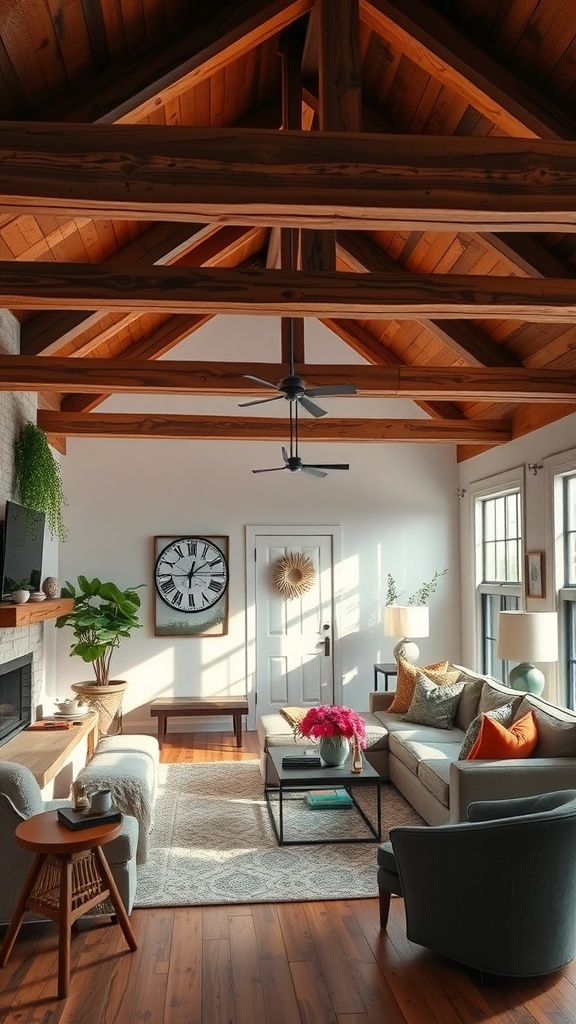Minimalist living rooms offer a calm, simple environment that is as functional as it is stylish. Embracing clean lines, neutral colors, and the philosophy of “less is more,” minimalist design can transform any space into a peaceful retreat. Whether you’re redesigning an existing room or starting from scratch, these 20 minimalist living room ideas will help you create a serene and visually appealing space.
1. Neutral Color Palette
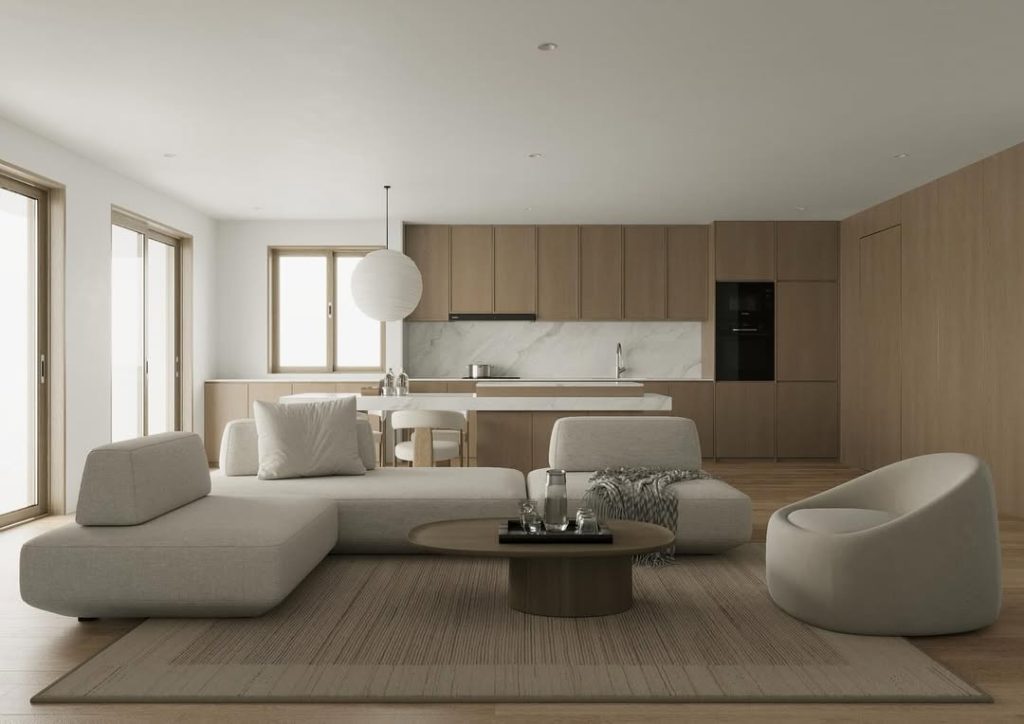
The foundation of any minimalist design is a neutral color palette. Shades like white, beige, gray, and taupe provide a calming backdrop that allows the furniture and decor to shine. This palette enhances the feeling of space and light, creating an open and airy atmosphere. The key to a successful minimalist living room is to keep the color scheme simple and uncluttered.
To add warmth, consider using textured materials like linen or wool for furniture and accessories. Neutral tones also pair well with natural elements like wood or stone, giving the room a balanced, earthy vibe. When choosing accent pieces, opt for subtle hues like soft pastels or deeper, muted tones for a sophisticated contrast without overwhelming the space.
2. Sleek, Modern Furniture

Minimalist furniture should prioritize clean lines and functional design. Opt for pieces that are simple yet stylish, with low profiles and unobtrusive shapes. Sofas and chairs with streamlined silhouettes are perfect for this style. For example, a low-profile sectional or a sleek armchair with metal legs can elevate your living room without taking up too much visual space.
In minimalist design, furniture is carefully chosen for its functionality and aesthetic appeal. Avoid heavy, overly ornate pieces. Instead, select furniture that offers both comfort and visual clarity. A few well-chosen pieces of high-quality furniture can make a big impact, while keeping the room feeling spacious and uncluttered.
3. Open Shelving
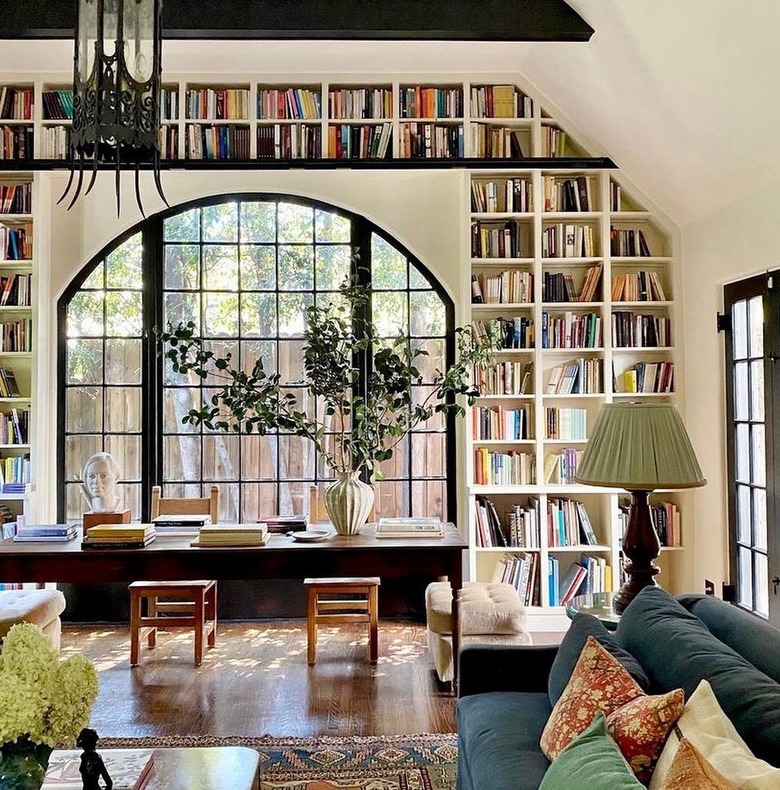
In minimalist living rooms, storage is crucial, but it’s important to keep it subtle. Open shelving is a great way to display a few favorite books, plants, or decorative objects without creating visual clutter. Keep the shelves neat and organized, and choose items that add to the room’s overall aesthetic.
For example, a floating shelf with a few carefully selected pieces of art, a small sculpture, or a plant can add personality without overwhelming the space. The key is to maintain balance and avoid over-decorating. Keep shelves uncluttered to maintain that serene, minimalist vibe.
4. Simple Light Fixtures
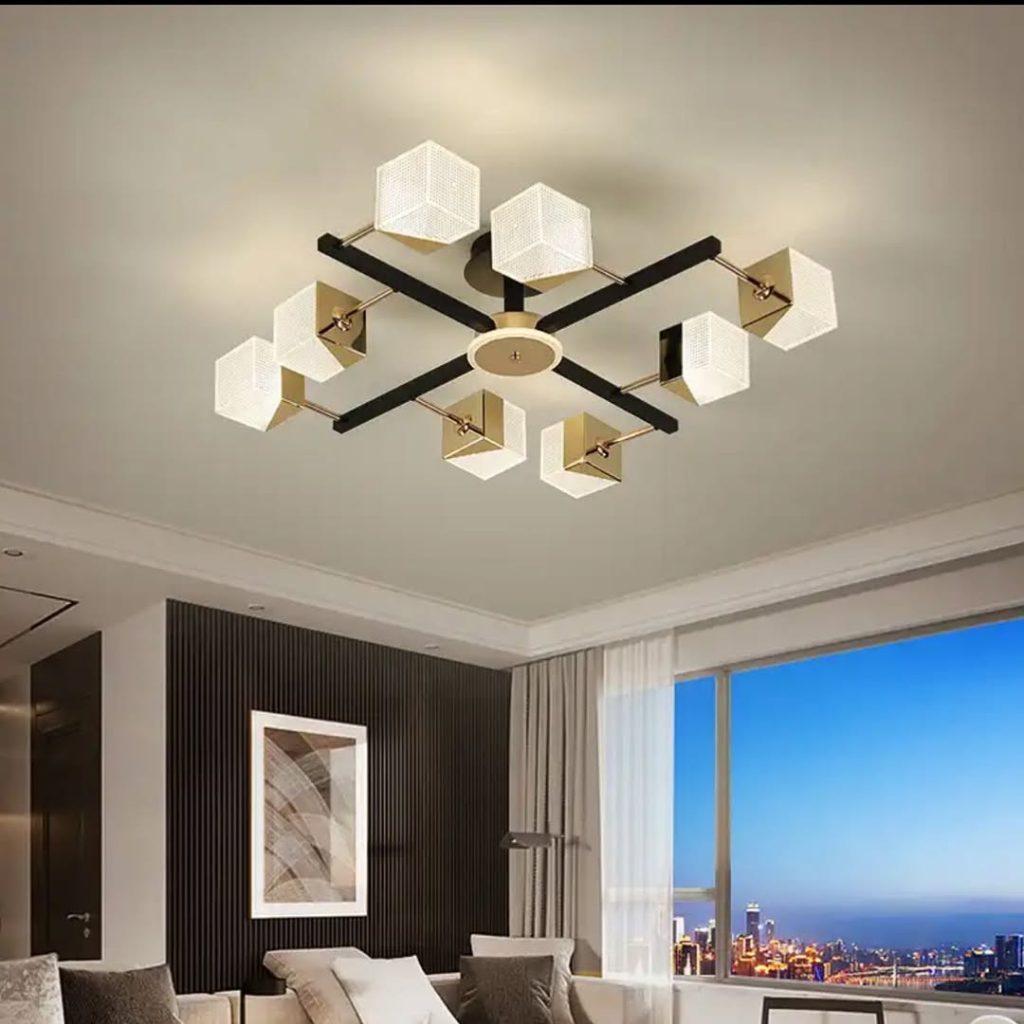
Lighting plays a key role in minimalist design, providing both functionality and atmosphere. Choose light fixtures with simple, clean lines and understated elegance. Recessed lighting or sleek pendant lights are ideal for minimalist living rooms.
For an even subtler touch, use floor lamps with tall, thin stems, or wall sconces with soft, diffused light. The goal is to create a soft, inviting glow without drawing attention to the lighting fixtures themselves. Consider using dimmer switches to adjust the light levels, helping you create the perfect ambiance for relaxation or socializing.
5. Natural Materials
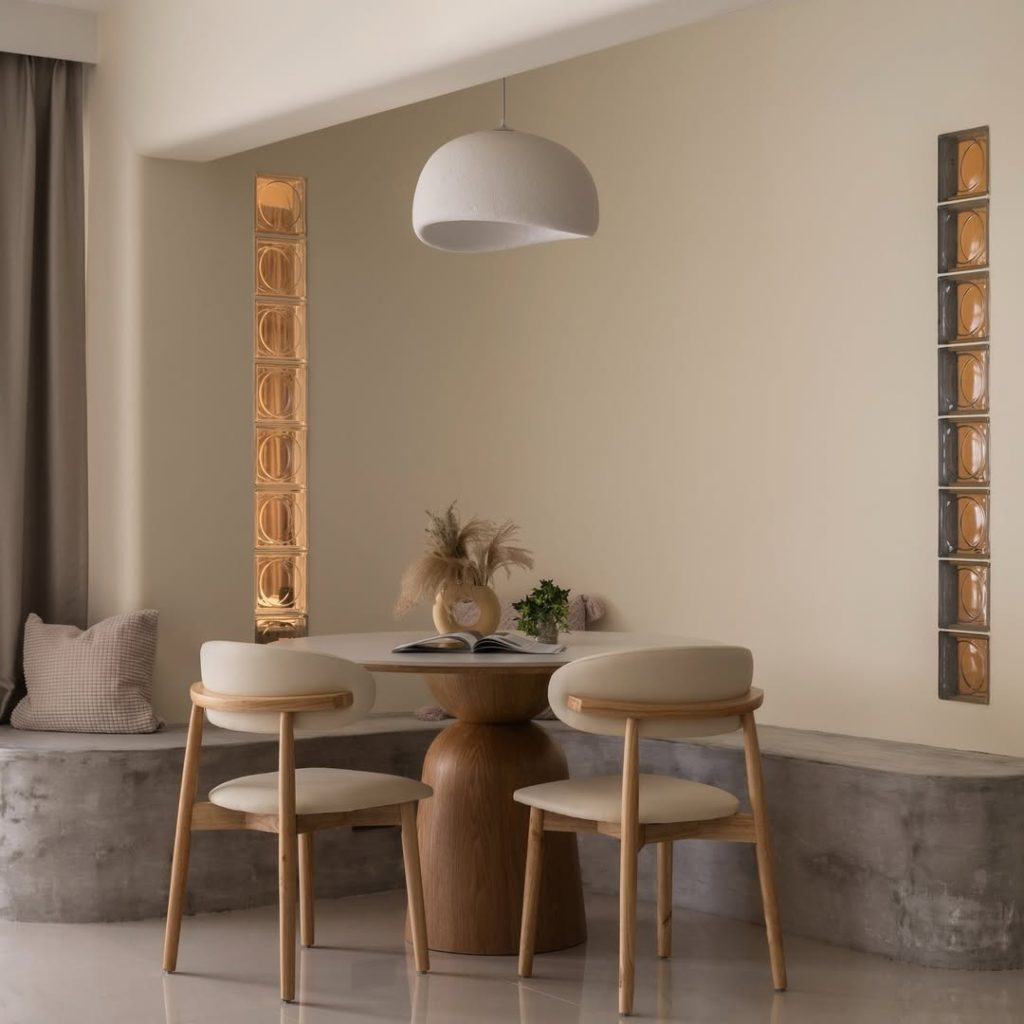
One of the defining characteristics of minimalist living room design is the use of natural materials. Wood, stone, and metal all add texture and warmth without cluttering the space. A wooden coffee table, stone accent wall, or metal-framed furniture can all contribute to a sophisticated and calming minimalist environment.
Natural materials also create a connection to the outdoors, bringing a touch of nature into the home. To maintain a minimalist look, keep these materials in their most organic form, avoiding unnecessary finishes or embellishments. This can help maintain the simplicity and elegance of the design while adding depth and character to the room.
6. Spacious Floor Plans
Source
Minimalism thrives in open, airy spaces. If possible, opt for a floor plan that allows for plenty of room to move around. This doesn’t necessarily mean you need a large living room, but rather that you should avoid overcrowding the space with too much furniture or decor.
In smaller rooms, choose multi-functional furniture pieces like an ottoman that doubles as a coffee table or a sofa with hidden storage. An open floor plan ensures that each piece of furniture has its own space to breathe, making the room feel expansive rather than cramped.
7. Multi-Functional Furniture
Source
In a minimalist living room, every piece of furniture should serve a purpose. Multi-functional furniture is a perfect solution for maximizing space and minimizing clutter. For example, a sofa bed or a coffee table with hidden storage can provide extra functionality without compromising the minimalist aesthetic.
By using furniture that serves more than one purpose, you can reduce the number of items in the room while still maintaining a comfortable and practical living space. Look for minimalist designs that cleverly incorporate hidden compartments or convertible features.
8. Statement Art Pieces
Source
Minimalist living rooms are not devoid of art; rather, they embrace fewer, more impactful pieces. A single large statement painting or a minimalist sculpture can serve as the focal point of the room. When selecting artwork, choose pieces that reflect your personal style while staying true to the minimalist ethos of simplicity and elegance.
Black and white photography or abstract art with muted colors are great choices for minimalist spaces. A carefully chosen piece of art can bring personality and depth to the room, without overwhelming the space with excess.
9. Floor-to-Ceiling Windows
Source
Maximize natural light in your minimalist living room with floor-to-ceiling windows. These large windows open up the space and provide a connection to the outdoors, creating a sense of openness and tranquility. Natural light is key in minimalist design, as it brightens the room and enhances the simplicity of the decor.
Consider installing sheer curtains or blinds that can be easily adjusted to control the amount of light coming in. This allows you to maintain privacy while still benefiting from the expansive feeling that natural light provides.
10. Indoor Plants
Source
Bringing nature indoors is a great way to enhance a minimalist living room. Indoor plants add life, color, and texture to the space while maintaining a clean and uncluttered look. Opt for simple plants with clean lines, like succulents, ferns, or small potted trees.
Plants are not only beautiful but also have numerous benefits, such as purifying the air and improving mood. Choose a few strategically placed plants to create a calming, natural atmosphere. Just be sure not to overcrowd the space with too many plants; minimalism thrives on simplicity.
11. Monochromatic Furniture
Source
Another popular minimalist living room idea is to go monochromatic with your furniture choices. Sticking to a single color scheme for all your furniture pieces—whether it’s various shades of gray, beige, or white—creates a cohesive, serene look. This design approach eliminates any visual noise and contributes to a feeling of unity within the room.
For added dimension, you can play with textures and materials within the same color palette. For instance, a light gray sofa paired with a white wool rug and matte silver side tables can still create contrast without breaking the monochromatic scheme. This subtle layering adds interest without sacrificing simplicity.
12. Minimalist Curtains
Source
Curtains are a simple yet effective way to enhance a minimalist living room. Opt for light, airy fabrics like linen or sheer cotton in neutral colors. These materials allow for plenty of natural light while offering a sense of privacy when needed. Avoid heavy, ornate drapes or bold patterns that might clash with the overall calm, minimalist theme.
For a clean look, choose floor-length curtains that blend seamlessly into the walls. You can even consider hanging them higher than the window frame to create an illusion of more space and height in the room.
13. Open Floor Plans
Source
Open floor plans are a staple of minimalist living rooms. By reducing barriers between spaces, you create a seamless flow that enhances the feeling of openness and freedom. Whether you’re merging the living room with the dining area or incorporating a sleek kitchen, an open floor plan helps prevent the space from feeling enclosed or cluttered.
An open layout allows each element of your minimalist design to be appreciated on its own, without competing with other decor. This approach works particularly well in smaller homes where every inch of space counts. Just ensure that furniture placement defines the different areas of the room while maintaining the room’s open feel.
14. Hidden Storage Solutions
Source
Minimizing clutter is crucial to a successful minimalist living room, and hidden storage solutions are a practical way to achieve this. Consider furniture that offers built-in storage, such as an ottoman with hidden compartments or a TV stand with drawers. These solutions provide storage without disrupting the clean lines of the room.
Another idea is to incorporate built-in shelving or cabinetry that blends into the walls. This ensures that your living room remains organized and free of unnecessary items while maintaining the minimalist aesthetic.
15. Geometric Patterns
Source
While minimalist design favors simplicity, subtle patterns can still work within the style. Geometric shapes—such as stripes, triangles, or squares—add interest without overwhelming the space. A geometric-patterned rug, throw pillow, or piece of wall art can break up the monotony of solid colors and give your living room a modern edge.
The key is to keep the patterns simple and not too busy. Stick to one or two geometric elements in the room for a polished and sophisticated look.
16. Minimalist Fireplaces
Source
A minimalist fireplace is the perfect addition to a modern living room, offering both warmth and style. Instead of opting for a large, ornate design, choose a sleek, simple fireplace with clean lines and a streamlined structure. Wall-mounted, linear fireplaces are a popular choice for minimalist spaces, as they take up less visual space and add a contemporary touch.
When designing a minimalist fireplace, keep the surrounding area clean and uncluttered. A simple mantel or even no mantel at all is ideal. Pair it with neutral-colored walls and minimalistic accessories to keep the focus on the warmth and simplicity of the fire itself.
17. Floating Furniture
Source
Floating furniture is a clever design trick often used in minimalist spaces. By raising furniture off the floor or using floating platforms for seating, you create a sense of openness and space. This design technique draws the eye upward, making the room feel larger and more airy.
For example, a floating TV unit or a sofa with metal legs that lift it off the floor can make the room look more expansive. The negative space beneath the furniture allows the floor to remain visible, contributing to the minimalist aesthetic of openness and simplicity.
18. Less is More: Fewer Pieces of Furniture
Source
One of the most effective ways to achieve a minimalist living room is to reduce the number of furniture pieces in the space. Instead of filling the room with a lot of smaller items, focus on a few large, impactful pieces that serve multiple functions.
For example, instead of several chairs, choose a single, elegant sectional sofa. A single, spacious coffee table can take the place of multiple side tables. By limiting the number of items in the room, you allow each piece to stand out while maintaining the sense of openness that minimalist design strives for.
19. Subtle Metallic Accents
Source
While minimalist spaces are typically known for their neutral tones, subtle metallic accents can add a touch of sophistication and warmth. Consider using metallic finishes in your light fixtures, picture frames, or furniture legs. Gold, silver, and matte black metals can complement your neutral palette without overwhelming the space.
These accents should be used sparingly—one or two metallic touches are often enough to elevate the design. The metallic elements should be sleek and understated to preserve the minimalist feel of the room.
20. Open, Uncluttered Surfaces
Source
Minimalist living rooms are all about creating open, uncluttered surfaces. This means avoiding overcrowded coffee tables, side tables, or shelves. Keep only the essentials on display and make sure everything has its place.
For example, a simple vase with a single flower or a small decorative bowl can be placed on a coffee table without cluttering the space. Less is more, and maintaining clear, open surfaces will help keep the room feeling calm and organized.
Conclusion
Incorporating minimalist design into your living room can have a transformative effect, turning a chaotic space into a serene, functional environment. From neutral color palettes and sleek furniture to subtle metallic accents and hidden storage, these 20 minimalist living room ideas provide a perfect blend of style and simplicity. Whether you’re starting from scratch or refreshing an existing room, embrace the philosophy of “less is more” to create a space that is calm, functional, and beautiful.
By focusing on the essentials and reducing clutter, you can design a living room that feels open, airy, and welcoming. Minimalist design is all about creating a space that is both aesthetically pleasing and easy to live in, making it the perfect choice for today’s modern lifestyle.

